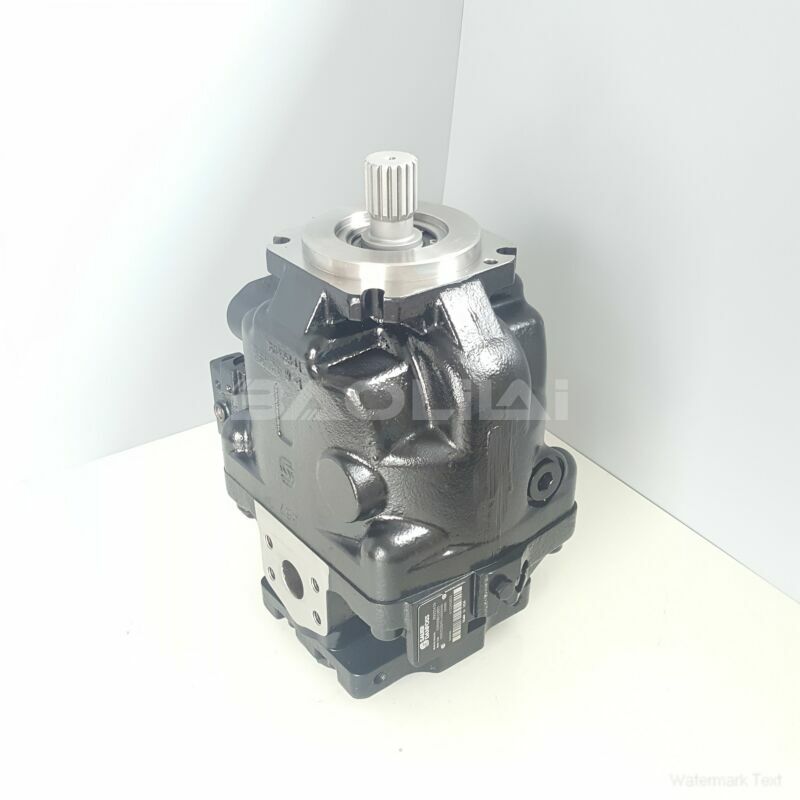ERL100BBS3120NNN3S1BPA1NAAANNNNNN piston pump
ERL100BBS3120NNN3S1BPA1NAAANNNNNN piston pump

- Product Details
- Applicable Scene
In the dynamic field of petrochemical engineering, the choice of pumping equipment plays a crucial role in optimizing fluid efficiency and ensuring effective operation. Among various types of pumps available, plunger pumps stand out due to their unique design and capabilities. These pumps are particularly advantageous in demanding applications, where precision, reliability, and efficiency are paramount.
ER-L-100B-BS-31-20-NN-N-3-S1BP-A1N-AAA-NNN-NNN
ERL100BBS3120NNN3S1BPA1NAAANNNNNN
Plunger pumps operate through a reciprocating mechanism that uses a plunger to create a vacuum within a cylinder, drawing fluid in and subsequently forcing it out at high pressure. This method of operation allows for precise control over flow rates, making plunger pumps ideal for various petrochemical processes, such as injection systems, high-pressure washing, and chemical dosing.

83050487
One of the main advantages of plunger pumps is their ability to handle a wide range of fluids, including viscous and abrasive materials, which are often encountered in petrochemical applications. Their robust construction enables them to withstand harsh operating conditions, including high pressures and temperatures, while maintaining an efficient flow.
Fluid efficiency is a critical concern in petrochemical processes, where the costs associated with fluid handling can significantly impact overall profitability. Plunger pumps contribute to maximizing fluid efficiency through several key features:
High Pressure Capability: Plunger pumps are designed to deliver fluids at very high pressures, which can help reduce the size of the piping system and minimize fluid losses. This capability is particularly beneficial in processes requiring the transportation of fluids over long distances or through complex systems.
Constant Flow Rate: Unlike other pump types that may experience fluctuations in flow rate, plunger pumps maintain a consistent flow due to their positive displacement mechanism. This stability ensures that chemical feed rates can be accurately controlled, which is essential for process consistency and product quality.





